Rising Demand in Aerospace Sector
The aerospace sector is experiencing a notable surge in demand for high-performance materials, particularly in the Precipitation Hardening Market. This trend is largely driven by the need for lightweight yet strong components that can withstand extreme conditions. As aircraft manufacturers increasingly prioritize fuel efficiency and performance, precipitation-hardened alloys are becoming essential. The market for aerospace materials is projected to grow significantly, with estimates suggesting a compound annual growth rate of over 5% in the coming years. This growth is likely to be fueled by advancements in aircraft design and the increasing use of composite materials, which often require the integration of precipitation-hardened components to enhance overall structural integrity.
Growing Focus on Lightweight Materials
The Precipitation Hardening Industry. Industries are increasingly recognizing the benefits of using lighter materials to improve energy efficiency and reduce emissions. This trend is particularly pronounced in sectors such as aerospace, automotive, and construction, where weight reduction is critical for performance and sustainability. Precipitation-hardened alloys offer an attractive solution, combining strength and reduced weight, which aligns with the goals of many manufacturers. As regulatory pressures regarding emissions intensify, the demand for lightweight materials is expected to rise, thereby propelling the growth of the precipitation hardening market. This shift may lead to increased research and development efforts aimed at enhancing the properties of these materials.
Expansion of Defense Sector Investments
The defense sector is witnessing a substantial increase in investments, which is positively impacting the Precipitation Hardening Market. Governments are prioritizing the development of advanced military technologies, necessitating the use of high-performance materials that can withstand harsh environments. Precipitation-hardened alloys are particularly suited for defense applications, including armor plating, weapon systems, and aerospace components. The market is likely to see a boost as defense contracts expand and military modernization programs are implemented. Furthermore, the ongoing geopolitical tensions may lead to increased defense spending, further driving the demand for advanced materials. This trend suggests a robust future for the precipitation hardening market as it aligns with the strategic needs of national defense.
Increasing Applications in Automotive Industry
The automotive industry is increasingly adopting precipitation-hardened materials due to their superior strength-to-weight ratio and corrosion resistance. This trend is particularly evident in the production of high-performance vehicles, where manufacturers seek to enhance fuel efficiency without compromising safety. The Precipitation Hardening Market is projected to benefit from this shift, as automakers incorporate these materials into critical components such as engine parts, transmission systems, and structural elements. Market data indicates that the automotive sector accounts for a significant share of the overall demand for precipitation-hardened alloys, with expectations of continued growth as electric and hybrid vehicles become more prevalent. This transition is likely to further stimulate innovation and investment in precipitation hardening technologies.
Technological Innovations in Material Processing
Technological advancements in material processing techniques are playing a crucial role in shaping the Precipitation Hardening Market. Innovations such as additive manufacturing and advanced heat treatment processes are enabling the production of more complex and high-performance precipitation-hardened alloys. These technologies not only improve the mechanical properties of the materials but also enhance their applicability across various industries, including automotive and defense. The introduction of automated systems for quality control and monitoring during the precipitation hardening process is expected to further streamline production, reduce costs, and improve product consistency. As a result, manufacturers are likely to invest more in these technologies, driving growth in the market.


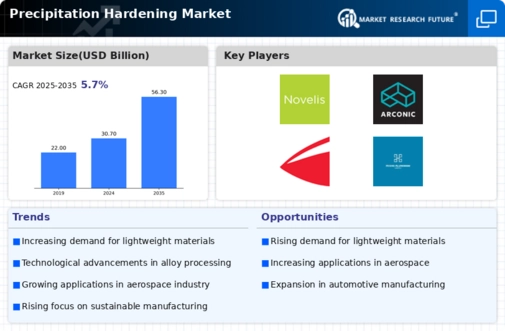

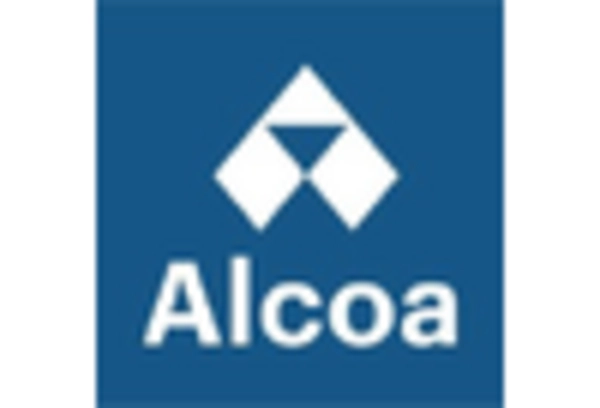
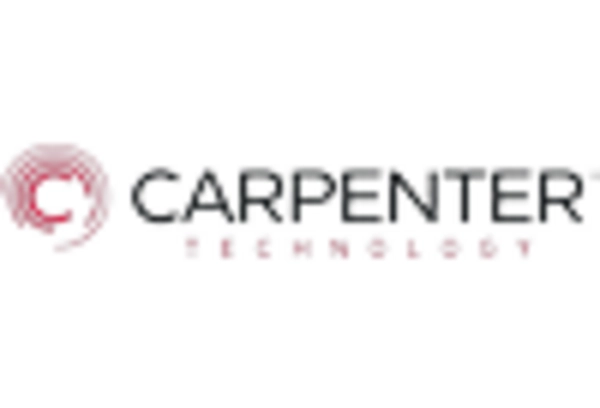
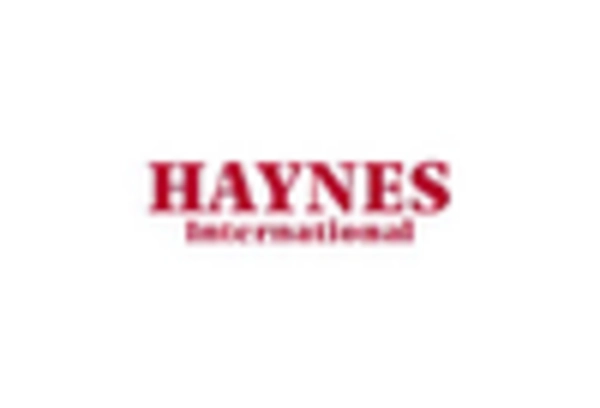
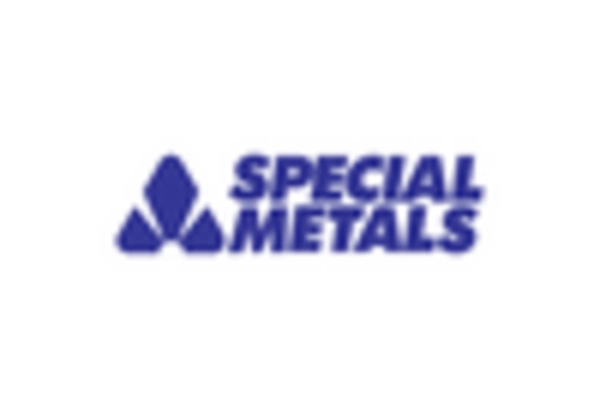









Leave a Comment